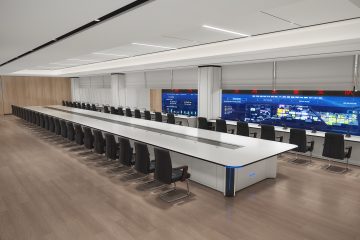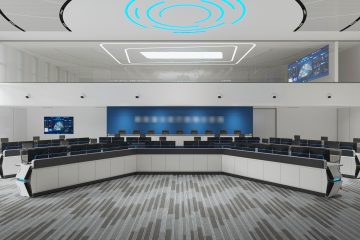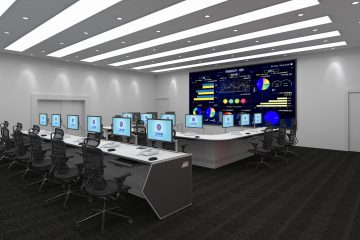Click me to visit our new website

Control desks are essential components of security monitoring systems, and their design and functionality directly impact monitoring effectiveness and operational efficiency. This article explores the key roles of control desks in security monitoring.
1. Centralized Management
Control desks integrate multiple monitoring screens and devices, allowing security personnel to manage various cameras and sensors from one location. This centralized management enhances real-time monitoring efficiency, enabling operators to respond quickly to potential threats.
2. User Convenience
Control desks are typically designed ergonomically, ensuring comfort for operators during prolonged monitoring. Equipped with intuitive control panels and shortcut buttons, they allow for quick access to different camera views and system settings, improving operational convenience.
3. Data Analysis and Processing
Modern control desks come with high-performance computing capabilities that support real-time video stream processing and analysis. With intelligent algorithms, they can promptly identify unusual behavior, assisting security personnel in making rapid responses.
4. Remote Monitoring Capability
Many control desks feature remote monitoring functionalities, enabling security personnel to operate monitoring systems from various locations. This characteristic enhances system flexibility, particularly for large venues or multi-site security needs.
5. Recording and Playback
Control desks can record monitoring videos in real time and support quick playback. This provides vital evidence for post-incident investigations, helping security personnel analyze events and implement improvements.
Conclusion
Control desks play a crucial role in security monitoring. Their centralized management, user convenience, data analysis, and remote monitoring capabilities make them a core tool for ensuring safety. As technology advances, the functionality of control desks will continue to enhance, supporting more efficient security monitorings.



0 Comments